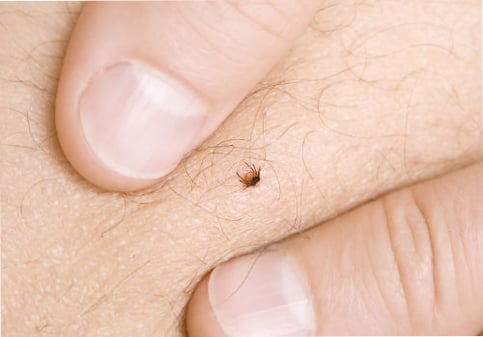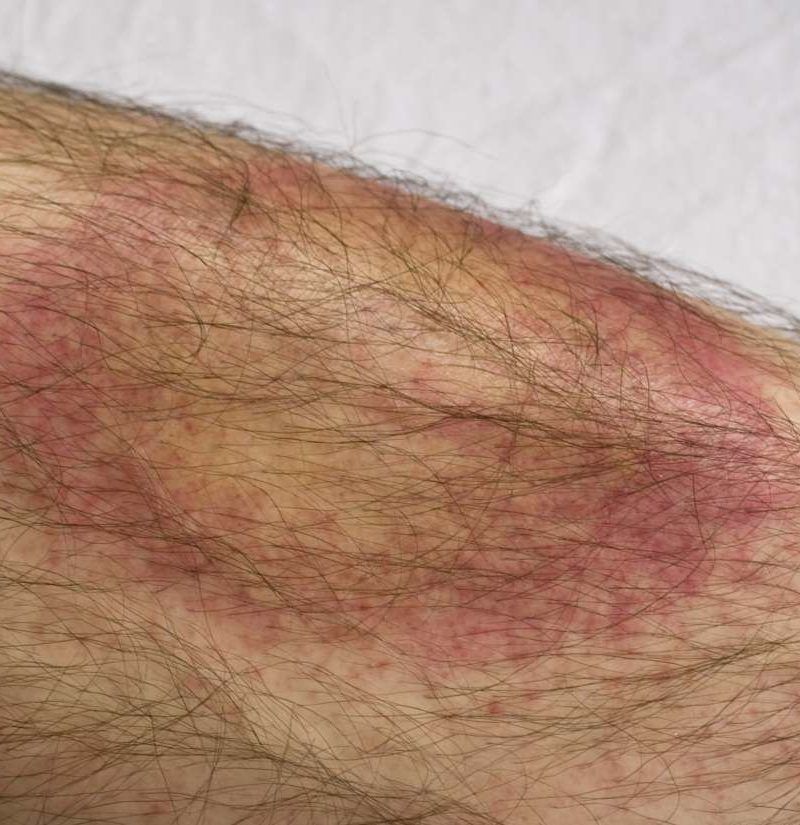Lyme Illness Understanding Month-- Discover Exactly How to Secure Yourself
April is assigned as Lyme Disease Awareness Month, offering as an essential suggestion of the significance of understanding and stopping this progressively widespread tick-borne disease. As we discover the nuances of Lyme condition, it ends up being clear that awareness is not just concerning information; it is concerning taking meaningful action to protect ourselves and our neighborhoods.
Recognizing Lyme Illness
Recognizing Lyme Illness starts with recognizing its beginnings and transmission. This transmittable disease is mostly created by the bacterium Borrelia burgdorferi, which is transferred to human beings through the bite of infected black-legged ticks, frequently recognized as deer ticks. These ticks prosper in woody and verdant locations, making exterior tasks a potential danger for direct exposure.
The lifecycle of the tick is critical to understanding just how Lyme Disease spreads (Lymecare Alliance). Usually, the ticks start feeding in the larval stage, typically obtaining the microorganism from tiny mammals, such as deer or rats. As they become adults or nymphs, they can then transfer the germs to bigger hosts, consisting of human beings

Acknowledging Symptoms Early
Very early acknowledgment of Lyme Illness signs is critical for reliable therapy and recuperation. Lyme Condition, sent largely via the bite of infected black-legged ticks, can result in severe complications otherwise resolved immediately. The first symptoms commonly show up within 3 to thirty days following a tick bite and might consist of high temperature, cools, tiredness, muscle mass and joint pains, and swollen lymph nodes.
One of the hallmark indications of Lyme Disease is the particular erythema migrans breakout, which appears like a "bull's- eye" pattern and typically emerges at the website of the tick bite. This rash may not appear in every situation, making it important to continue to be attentive regarding other signs and symptoms.
Individuals who have actually been in areas where Lyme Condition is native to the island should be careful and monitor their health and wellness very closely after possible exposure. Awareness and education and learning regarding these early signs are important in combating the influence of Lyme Disease.
Reliable Prevention Methods
Stopping Lyme Disease calls for a positive technique, specifically for individuals that regular locations where ticks are common. Recognizing efficient avoidance techniques is vital in decreasing exposure to these disease-carrying arachnids.
First, it is vital to put on proper our website apparel when in tick-infested environments. Long sleeves, long trousers, and closed-toe shoes can considerably decrease skin direct exposure. Take into consideration treating clothing with permethrin, an insect repellent that remains effective through multiple washes.
In addition, using a tick repellent including at the very least 20% DEET to exposed skin can additionally protect against attacks. On a regular basis looking for ticks after outdoor tasks is vital; execute complete body assessments, especially in cozy, wet locations such as behind the knees and within the hairline.
Producing a tick-safe environment around your home is also advantageous. Keep your yard well-maintained by mowing the lawn routinely, getting rid of ground cover, and producing obstacles of gravel or timber chips to different wooded areas from leisure areas.
What to Do After a Bite
Right away after a tick bite, it is essential to take quick activity to reduce the threat of Lyme Disease transmission. Pull upward with consistent, even stress; do not snag the tick or turn, as this might cause parts to break off and remain in the skin.
Display the bite website for signs of infection, such as redness, swelling, or a rash. It is vital to be vigilant for signs of Lyme Condition, which may consist of high temperature, cools, tiredness, and joint discomfort, commonly appearing within three to one month post-bite. If you notice a particular "bull's- eye" breakout or experience any one of these symptoms, seek medical focus without delay.
Inform your doctor of the tick bite, specifically if the tick was affixed for even more than 24-hour or was engorged. If essential., early intervention is vital in preventing the start of Lyme Condition and guaranteeing reliable therapy.
Resources for Additional Details
Comprehending the actions to take after a tick bite is vital, but so is having accessibility to reputable resources for recurring education about Lyme Condition. Various organizations give extensive details to assist people remain notified about avoidance, signs, and treatment options.
The Centers for Condition Control and Prevention (CDC) supplies a wealth of resources, including standards on tick avoidance and details on Lyme Condition stats. Their website is a necessary starting point for any individual seeking expertise about the disease's influence and how to reduce risks.
Another useful source is the Lyme Illness Organization, which concentrates on campaigning for, education and learning, and research (Lymecare Alliance). Their system includes posts, webinars, and updates on the current scientific searchings for, making it a vital tool for both individuals and healthcare experts
In Addition, the American Lyme Disease Foundation offers instructional products customized for different target markets, including caretakers and outside check that enthusiasts. They likewise host community events that promote understanding and prevention methods.
For those seeking assistance, companies like the Tick-Borne Condition Partnership offer resources for getting in touch with local assistance groups and accessing patient-centered care. Utilizing these resources can equip people to safeguard themselves and their neighborhoods properly.
Verdict

The lifecycle of the tick is essential to understanding get more just how Lyme Disease spreads (Lymecare Alliance).The threat of Lyme Disease rises during warmer months when ticks are most energetic, specifically in areas where the disease is native, such as the Northeast, Midwest, and components of the West Coastline of the United States. Lyme Illness, sent mostly with the bite of infected black-legged ticks, can lead to serious problems if not attended to promptly.Immediately after a tick bite, it is critical to take speedy action to decrease the threat of Lyme Disease transmission. Comprehending Lyme illness, recognizing its symptoms, and carrying out effective avoidance techniques can dramatically lower the risk of infection